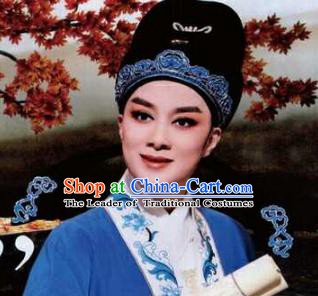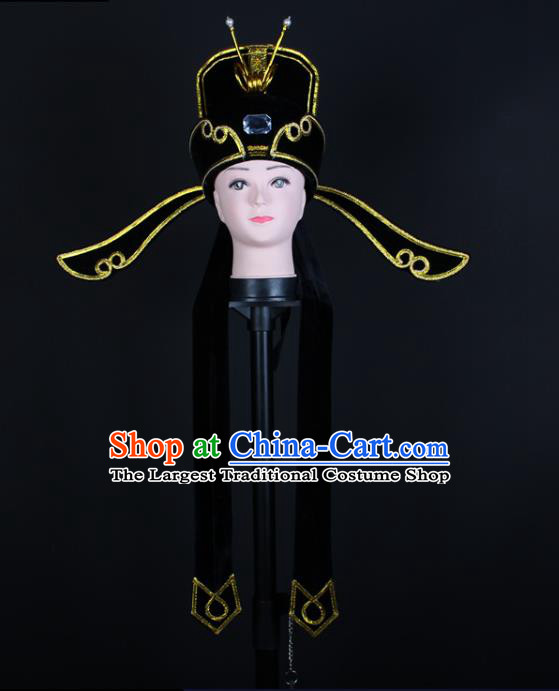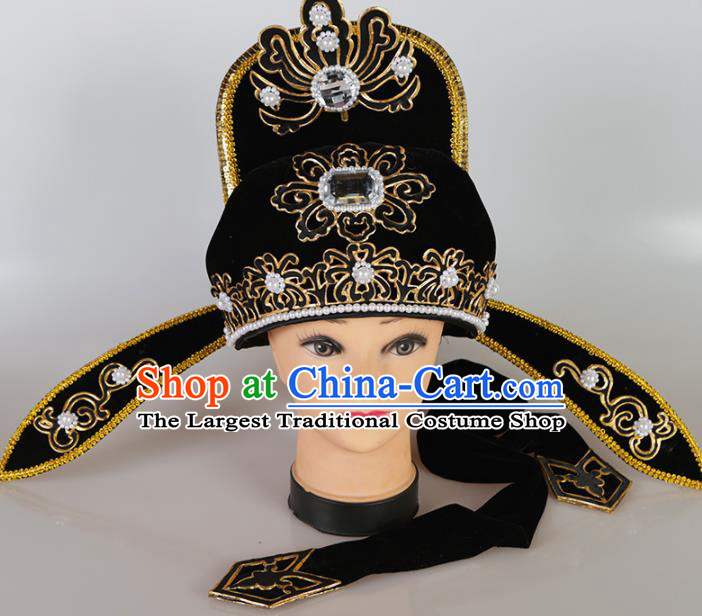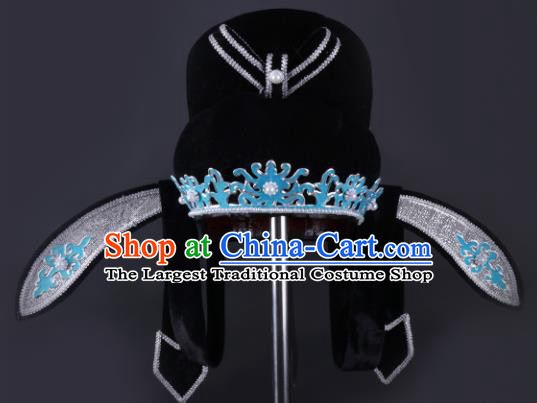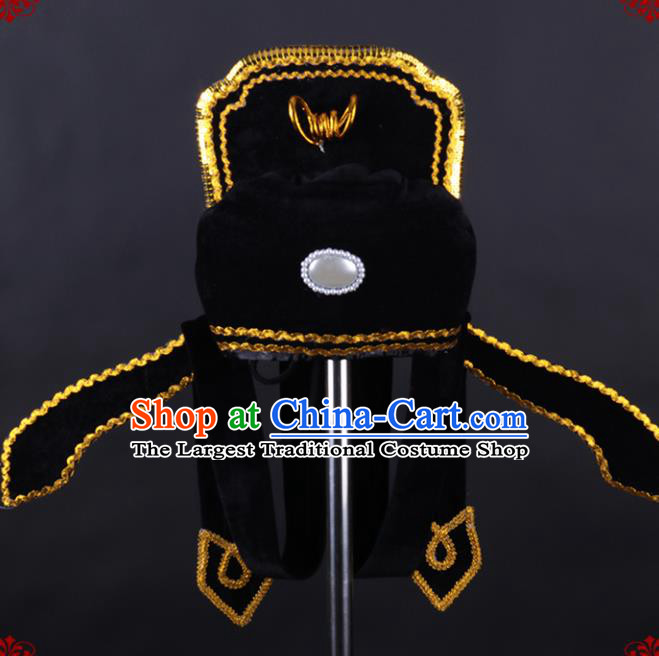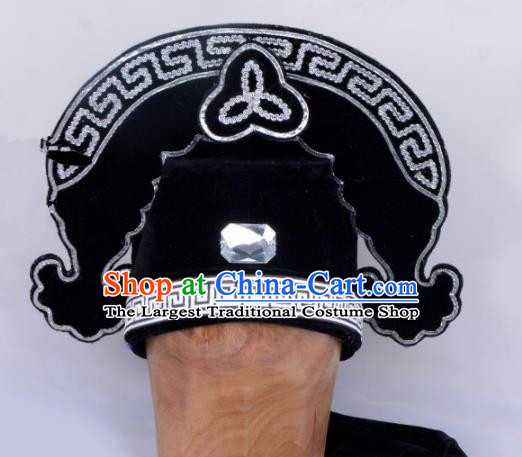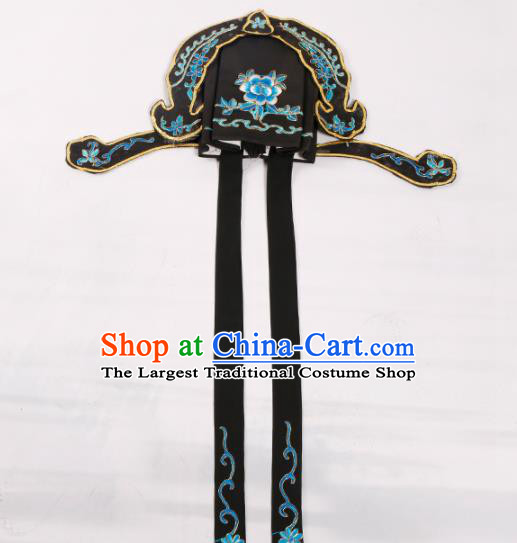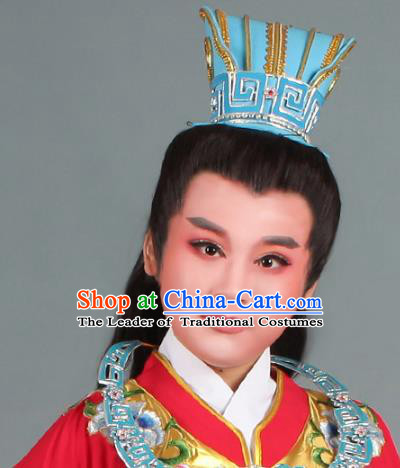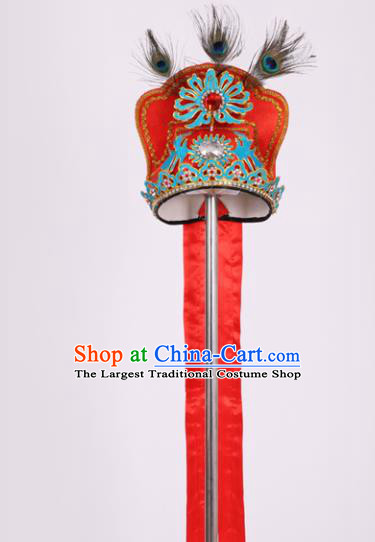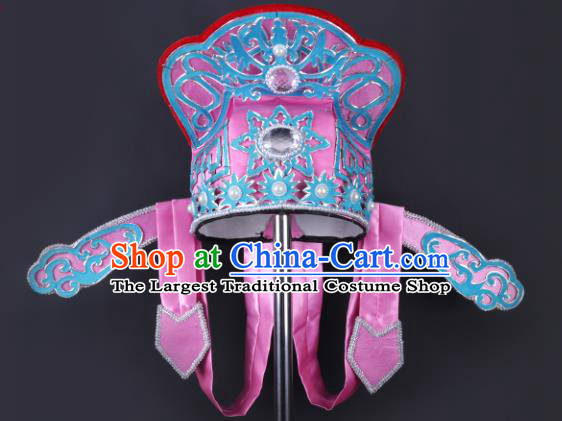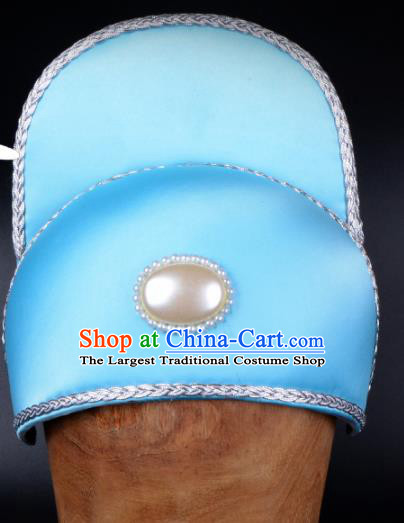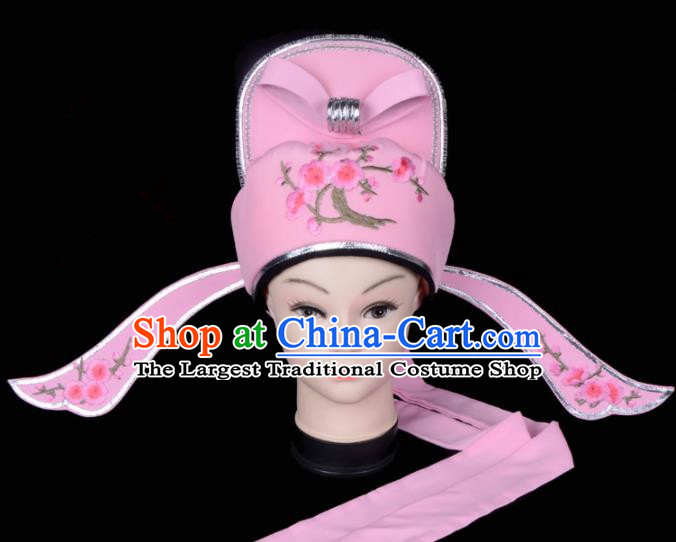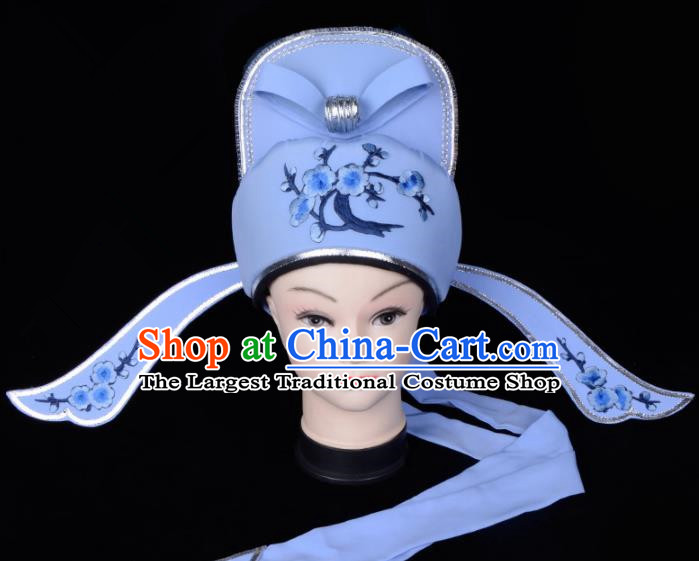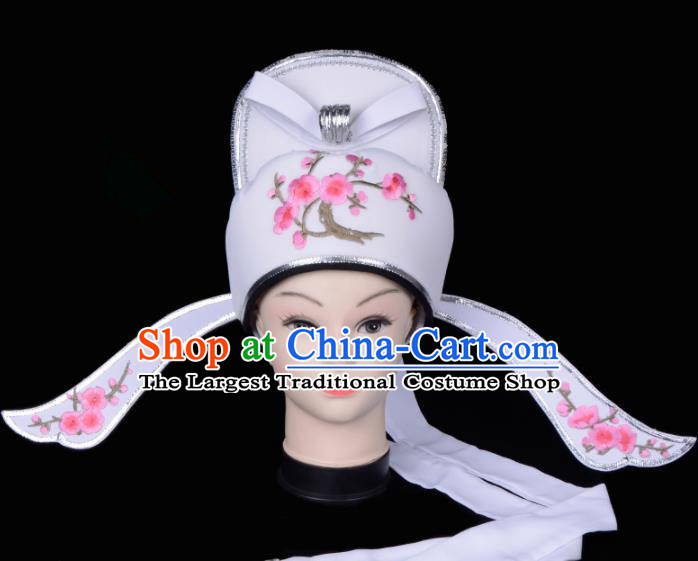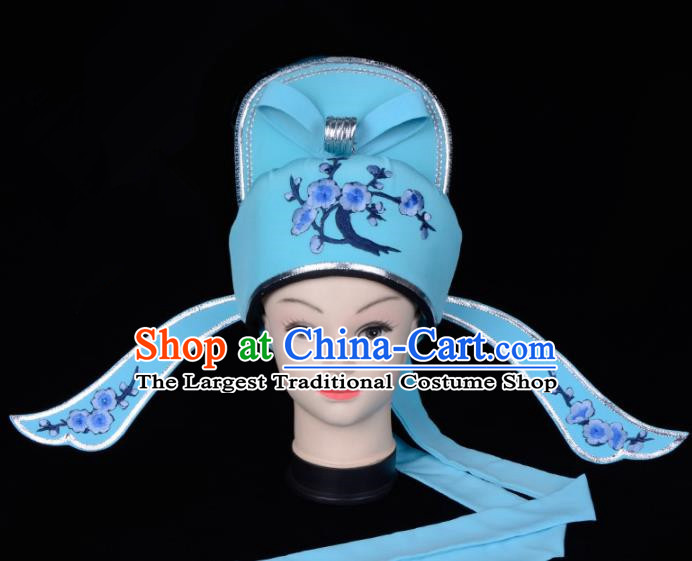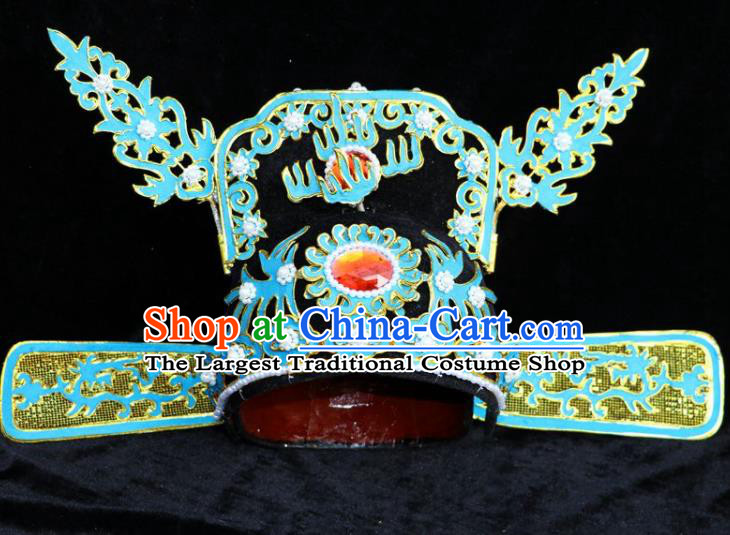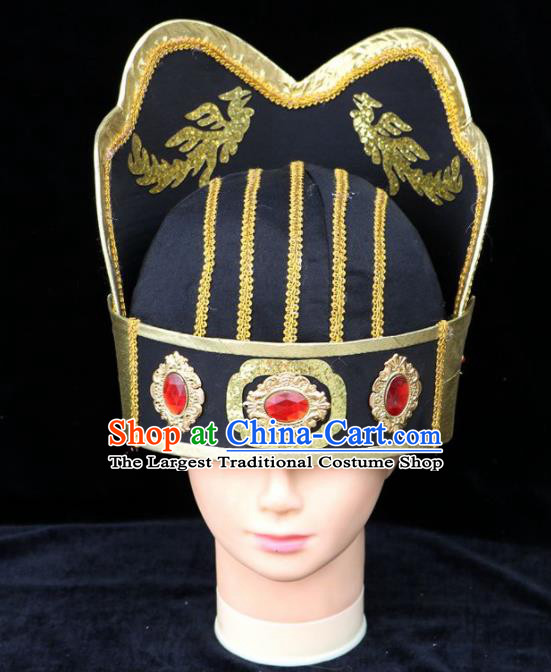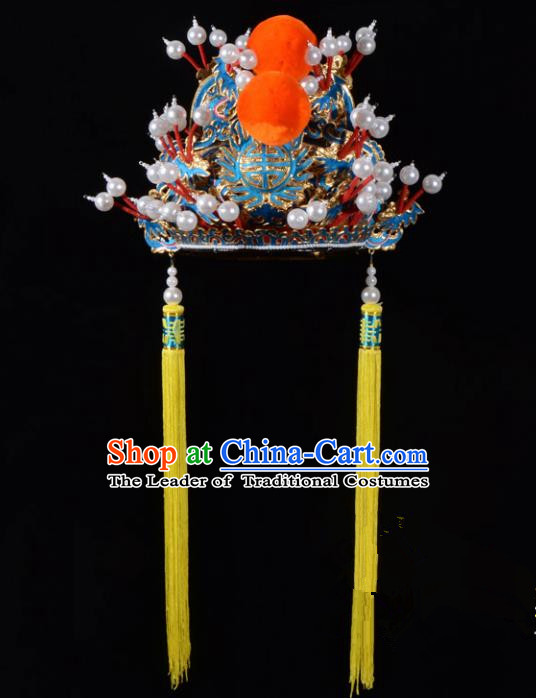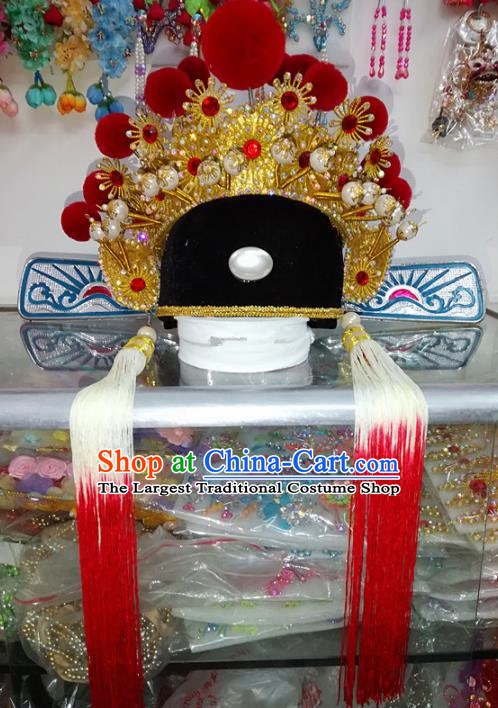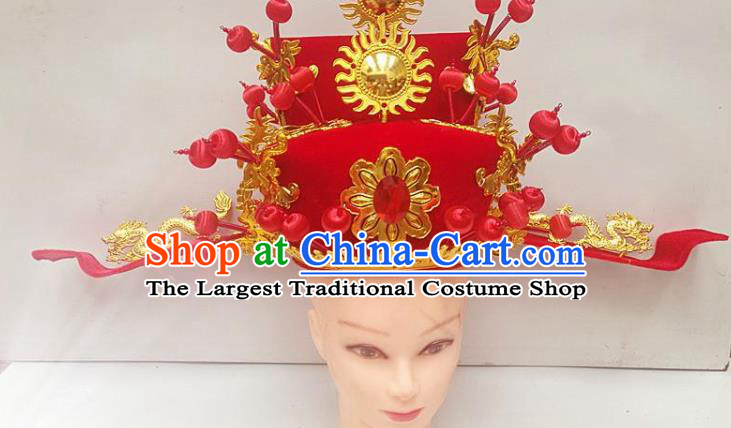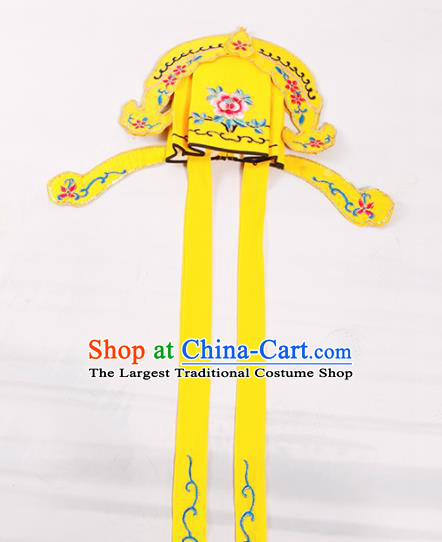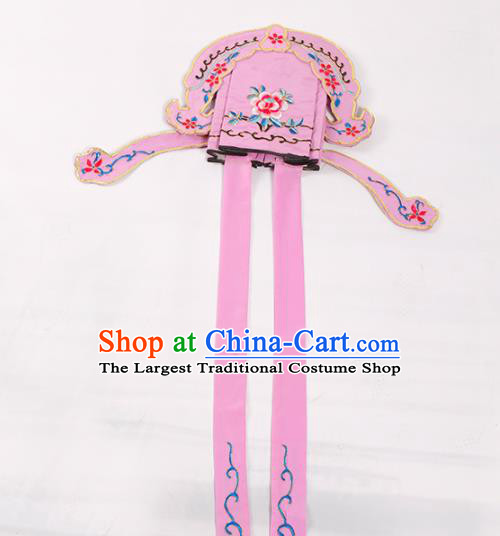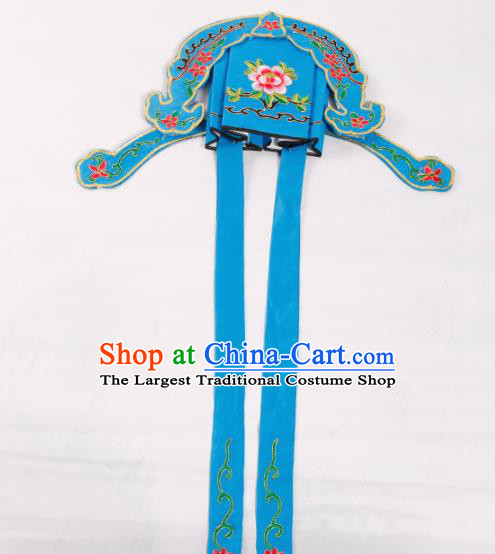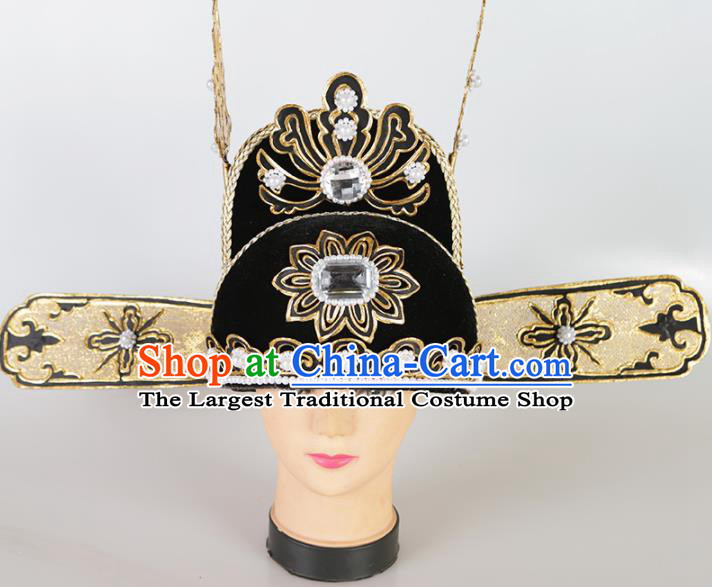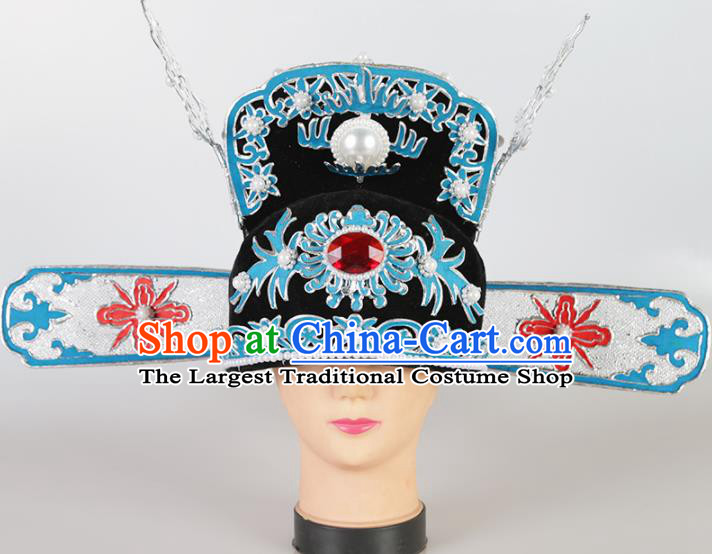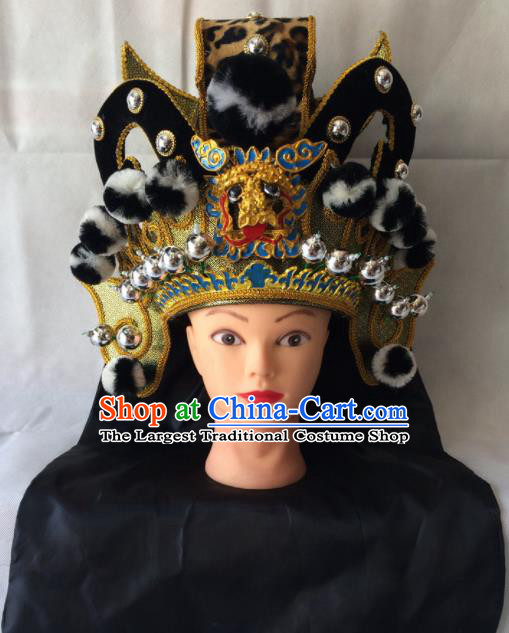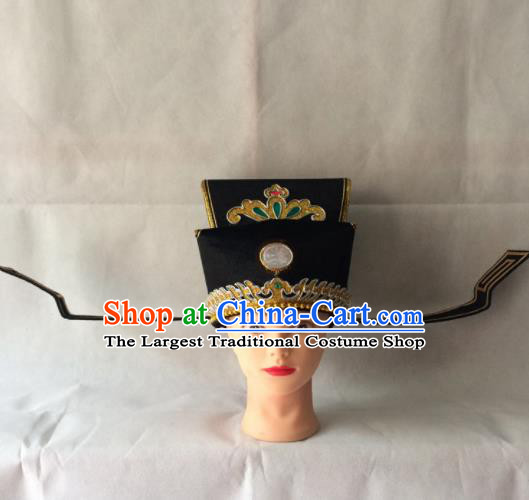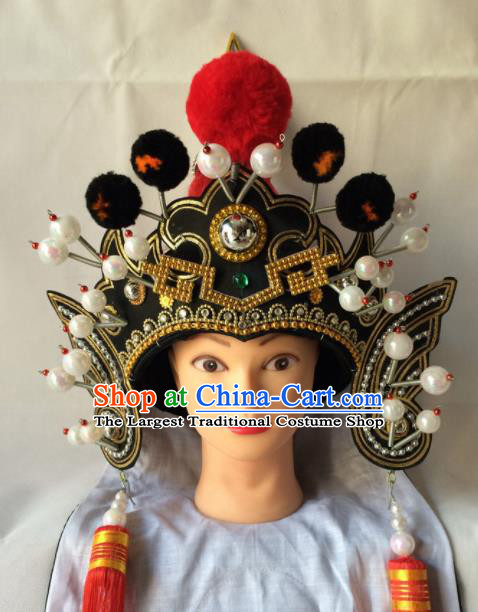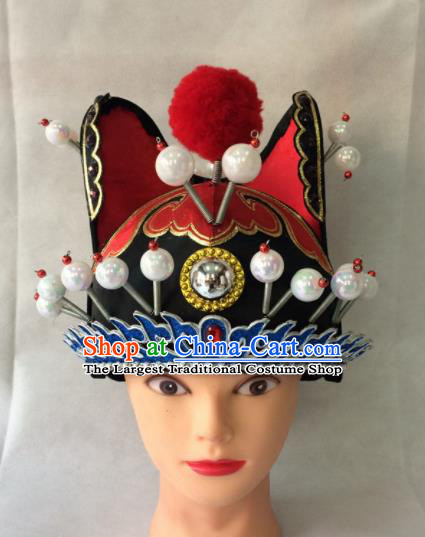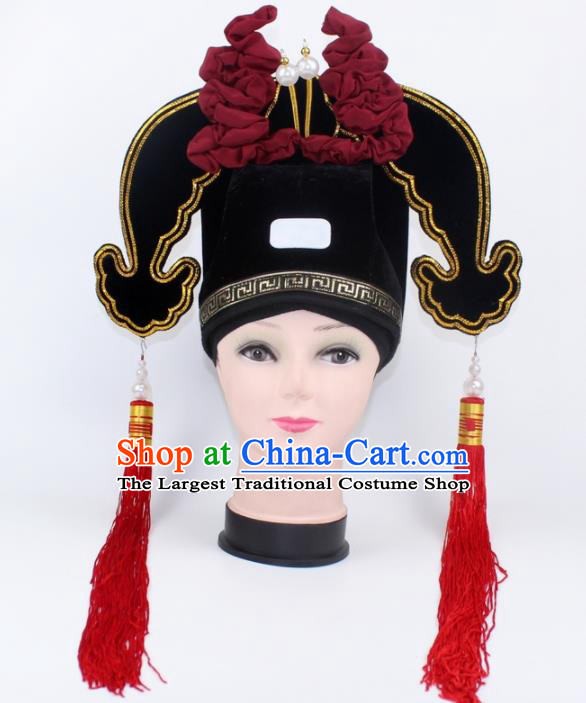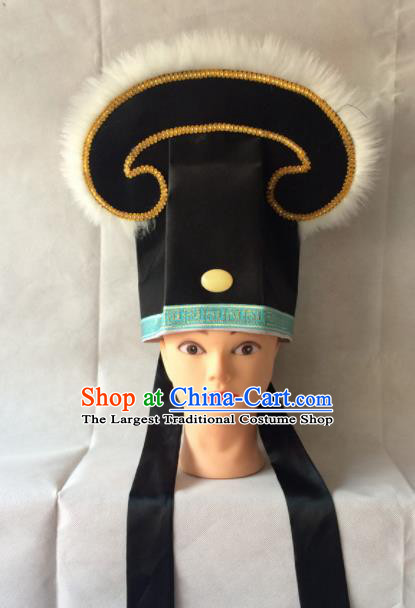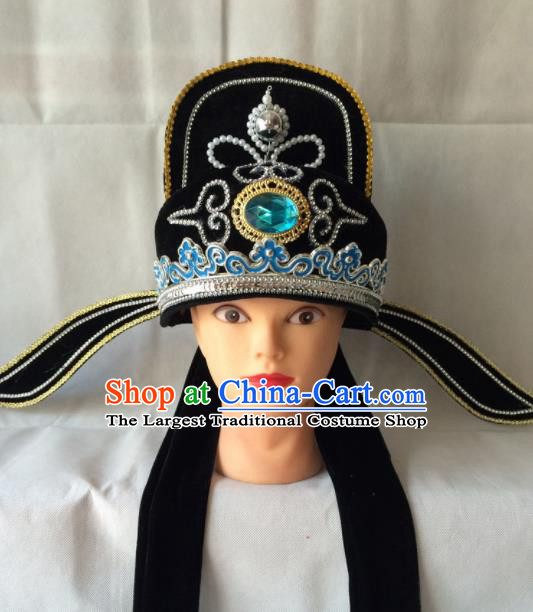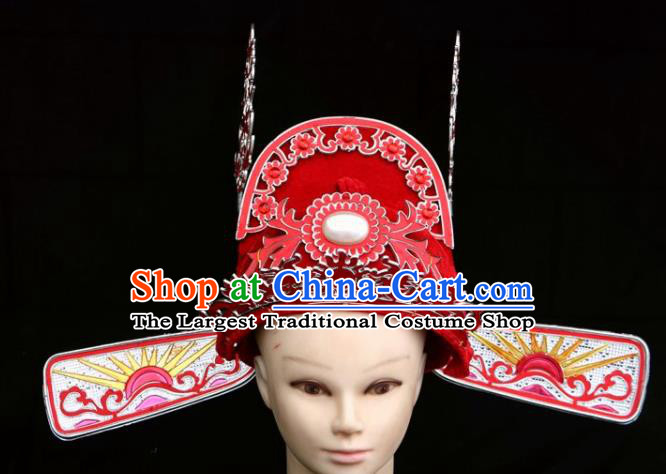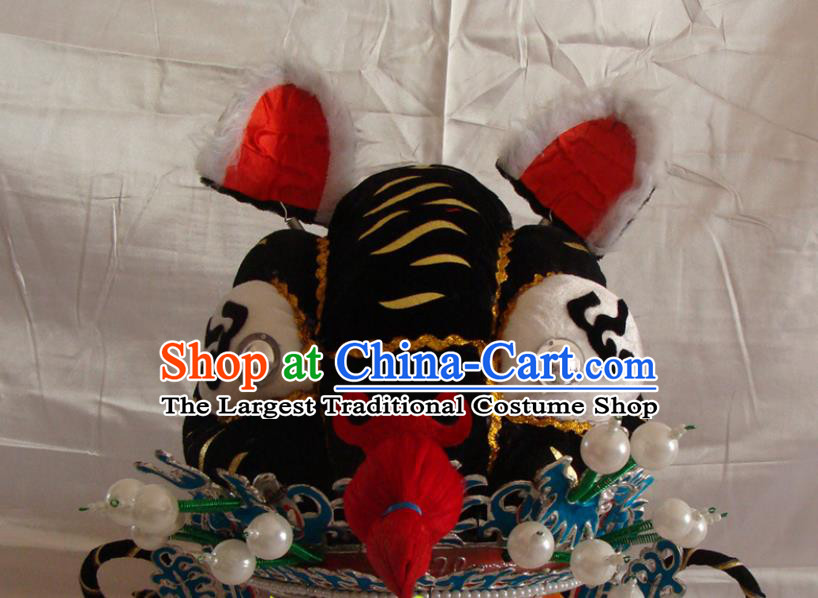
Click Related Pictures for More Audios:
The traditional Chinese Beijing Opera young man's black headgear, also known as the "Beijing Opera Lad Hat," is an indispensable prop in Beijing Opera performances.
It has rich cultural connotations and historical significance, representing the essence of traditional Chinese opera art.
Beijing Opera is one of the most representative forms of drama in China, originating from the Qing Dynasty court in the 18th century.
It combines four performance skills: singing, recitation, acting, and acrobatics, as well as rich dance elements.
The Beijing Opera young man's black headgear is one of the important costumes, usually made of silk and decorated with exquisite embroidery patterns.
These headgears not only have practicality but also display the actor's personality and character traits.
In Beijing Opera performances, the young man's black headgear is usually used to portray young, handsome, and lively characters.
For example, Chen Ying in "Farewell My Concubine" and Jia Baoyu in "Dream of Red Mansions" both wear this type of headgear.
These characters are differentiated by the color, shape, and decoration of their headgear, allowing the audience to better understand their personalities and backgrounds.
In addition to being used on stage, the Beijing Opera young man's black headgear also has high collectible value.
Many famous Beijing Opera artists wear this type of headgear during performances, making them precious historical relics.
Some famous Beijing Opera headgears have even been auctioned at high prices, becoming popular items in the art market.
In conclusion, the traditional Chinese Beijing Opera young man's black headgear is an artistic treasure full of cultural connotations and historical significance.
It not only represents the essence of traditional Chinese opera art but also carries the efforts and wisdom of countless artists.
